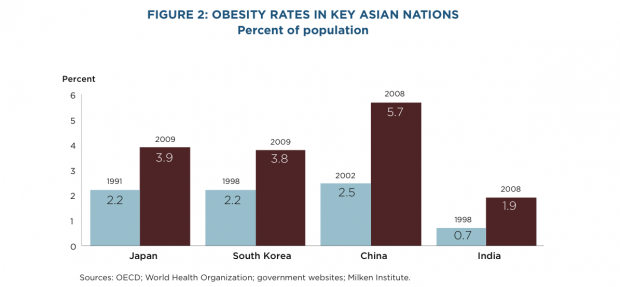 |
| Pinakbet a saluyot soured with lubeg fruit. |
The ubiquitous saluyot, besides being a staple ingredient in a dinengdeng, is also preferred by pinakbet-crazy Ilokanos as a pinakbet a saluyot solo--pinakebbet as in stewed dry with bugguong juice and soured with either suka ti basi (sugarcane vinegar) or with any souring agents like green mango, pias, salamagi and others. Also called tinimtim (tinimtiman a saluyot), this saluyot dish is great with steamed rice or as an appetizer to go with fried fish or grilled meat and oily meat dishes like adobo.
I tried souring my pinakbet a saluyot with lubeg (Syzygium Lineatum), a very sour fruit similar to lomboy (duhat), a plum or a cherry the variety of which is said to be indigenous in Cagayan especially in the town of Lallo (Lal-lo) where it was even processed/made into a wine, Lubeg Wine.
 |
| Lubeg fruit. |
This is the first time that I cooked pinakbet a saluyot with lubeg. I did it with naata a mangga, pias, naata a salamagi, vinegar, even with perres (kalamansi, dalayap, lemon).
I put in some chopped onions, crushed garlic and ginger in a pot, the lubeg fruit, and the saluyot leaves. Then I poured in pure bugguong juice (I used bottled bugguong, sinegseg a bugguong with fermented fish in it would be great but it's not available at cooking time). I didn't add any water. The saluyot leaves' unrinsed water will be enough, I let just the bugguong to cook it dry.
Cook the saluyot slowly, decrease fire. You won't worry of overcooking it as while it cooks the longer, the souring agent will blend more, the saluyot will be just as tender because of its slippery properties. Just be careful not to burn your pinakbet when its liquid is diminishing. Put off fire when there's only little broth underneath, to act as a kind of "sauce" into the pinakbet.
 |
| Pinakbet a saluyot cooking, almost done. See the lubeg fruit fused beautifully with the saluyot? |
 |
| The sourness is great, the lubeg pickled the saluyot perfectly and it has considerable amount of sweet-and-sour goodness. |
That's it! I paired my lubeg-soured saluyot pinakbet with fried tilapia. Boy, was I so filled!
:::::

























